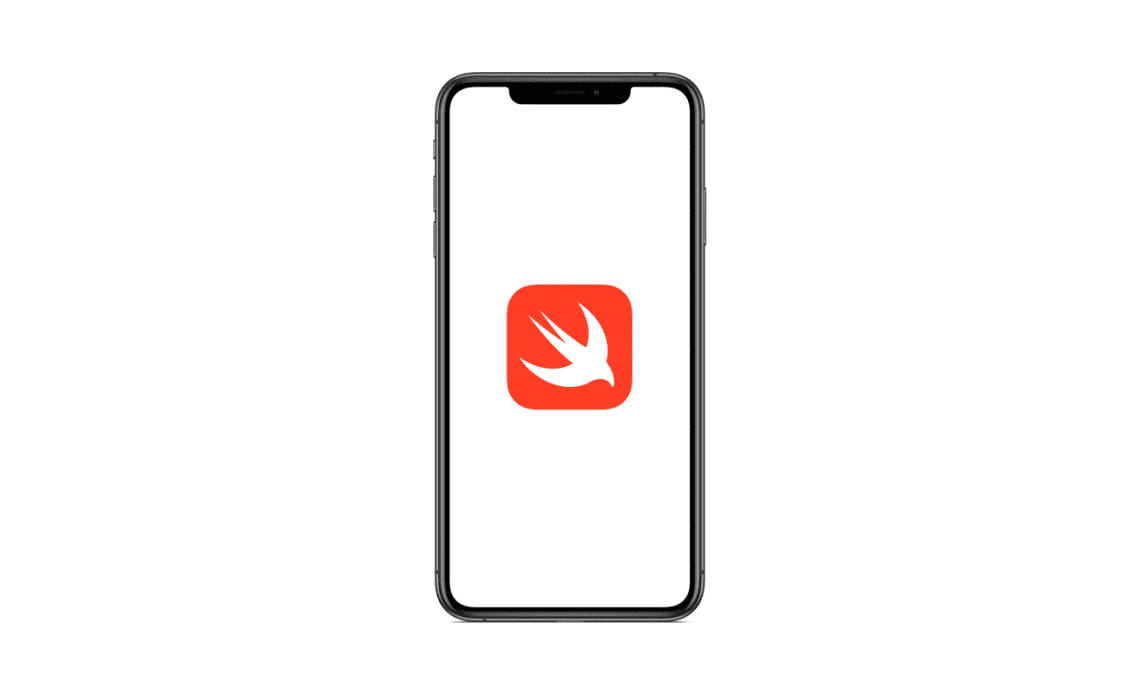
Apple introduced the Swift programming language back in WWDC 2014, as the language of the future for programming on Apple’s platforms. Since then, the language has gained wide adoption from third-party developers, with software in the operating systems themselves still being written in the old Objective-C.
Several factors play a role in that scenario. First of all, Apple has a massive amount of legacy Objective-C code that works perfectly fine, so there’s no reason to simply rewrite it for the sake of rewriting, which has caused problems in the past. Second, until Swift 5 there was no ABI stability, and Swift 5.1 introduces module stability, both features are important for wide adoption of the language in system components.
Developer Alexandre Colucci has been keeping track of the usage of Swift in Apple’s operating systems since iOS 9, which included a single binary using Swift code. His latest report shows that on iOS 13, there are 141 binaries using Swift, more than doubling the number of binaries using Swift from iOS 12.
Unsurprisingly, most usage of Swift in iOS 13 is in new features such as Sidecar, Find My and Reminders. Other apps using Swift include Health, Books and Shortcuts. There are also some system services using the language, like the daemon responsible for pairing devices such as AirPods and HomePod and the one responsible for the new offline finding capability in Find My.
Via Timac.
Author: Guilherme Rambo
Source: 9TO5Mac



